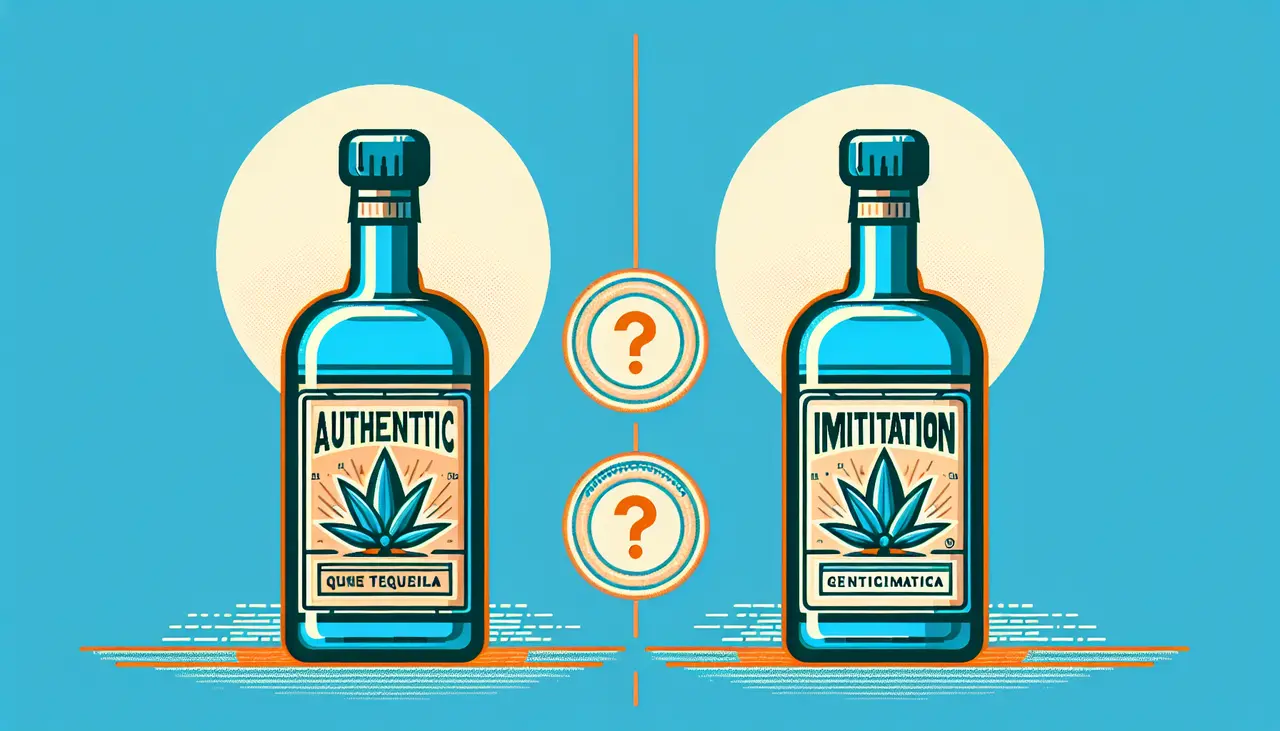In the vibrant world of tequila, discerning between authentic spirits and their imitations can be a journey as colorful and nuanced as the spirit itself. With its roots deeply embedded in Mexican culture, authentic tequila is a testament to tradition, craftsmanship, and the terroir of Jalisco. But how can one differentiate true tequila from the countless imitations that flood the market? Let’s embark on a journey to unravel these secrets.
Understanding 100% Blue Weber Agave
Authentic tequila is crafted from 100% Blue Weber Agave, grown specifically in the designated regions of Mexico. This agave imparts the unique flavor and character that distinguishes real tequila. Blue agave is renowned for its high sugar content, which is essential in producing the natural sweetness and smooth flavor profiles found in authentic tequilas.
The importance of using 100% Blue Weber Agave cannot be overstated. This specific agave plant, native to Jalisco, embodies the spirit of the land and climate, providing a foundation for the purest expressions of tequila. Any deviation from using 100% blue agave results in a ‘mixto’ tequila, which often contains additives that mask the authentic qualities of the spirit.
In selecting 100% Blue Weber Agave, distillers like those at Mr. Sancho Pancho Tequila ensure that every bottle offers a taste of Mexico’s rich tradition. This choice reflects a commitment to quality and an appreciation for the deep-rooted Mexican heritage.
The Importance of the NOM Identifier
Each bottle of authentic tequila carries a NOM identifier— a unique number that signifies adherence to regulations and guarantees genuine production methods employed by an official distiller. This identifier, regulated by the Consejo Regulador del Tequila, ensures traceability and authenticity.
The NOM identifier serves as a seal of prestige and a marker of credibility. For enthusiasts and newcomers alike, understanding and recognizing this number is crucial to discerning quality. It provides assurance that the tequila you’re savoring is crafted with rigorous standards, respecting traditional practices.
When purchasing tequila, always check for the NOM number, as it not only ensures adherence to Mexican standards but also supports authentic producers. This small detail makes a big difference in preserving the integrity of genuine tequila.
Traditional vs. Industrial Production
Examining whether the tequila is produced using traditional or industrial methods offers insight into its authenticity. Traditional processes emphasize quality ingredients and time-honored techniques, while some imitations may take shortcuts.
Traditional production methods involve slow-roasting agave in stone ovens or autoclaves and fermenting naturally, which maintains the purity and unique flavors inherent in authentic tequila. These methods showcase the artisanal skill and dedication to craftsmanship synonymous with Mexico’s historic distilleries.
Industrial production often means efficiency over quality, using faster cooking methods and potentially adding artificial flavors. As tequila’s global demand increases, distinguishing between these production methods helps ensure you enjoy the spirit’s true essence as envisioned by its creators.
Geographical Indications
Authentic tequila originates from one of the specified regions in Mexico, primarily Jalisco. The geographical indication not only guarantees the source but also the quality standards of the spirit. This designation protects the unique characteristics which come from the soil, climate, and specific traditional practices of these regions.
The rich volcanic soils and ideal climate of Jalisco nourish the agave, leading to distinctive, profound flavors only found here. This terroir contributes to tequila’s complex palate, comparable to how French wines are differentiated by their geographical origin.
Ensuring your tequila comes from these protected regions means engaging with a product steeped in legacy and cultural pride. Mr. Sancho Pancho Tequila upholds these traditions, offering a genuine taste of Jalisco in every bottle.
Flavor Profile and Aging
Authentic tequila is known for its complex flavor profile, which varies depending on aging processes like Blanco, Reposado, and Añejo. These variations highlight the diversity of flavors that genuine tequila offers.
Blanco tequilas are unaged, delivering crisp, bright flavors full of agave’s natural essence. Reposado tequilas rest in barrels for up to a year, introducing layered notes of oak, vanilla, and spice. Añejo and Extra Añejo are aged longer, producing richer, deeper flavors akin to fine cognacs.
Aging not only transforms the spirit’s flavor but also assures quality, as genuine tequila must spend minimum specified times in wood barrels to earn its classification. Discover the The Secret Behind Aged Tequila: How Time Influences Taste at Mr. Sancho Pancho Tequila and experience these captivating flavors yourself.
Savor the Spirit of Genuine Tequila
Understanding what makes tequila authentic is key to appreciating the depth and artistry that this beloved spirit offers. Authentic tequila is more than a name—it’s a legacy, a flavor profile crafted over generations. By considering the ingredients, production process, geographical origin, and its rich flavor profile, enthusiasts can ensure every sip offers a genuine connection to its Mexican roots. So next time you lift a glass, do so with confidence and knowledge, savoring not just the taste but the soul of true tequila. Experience this authenticity with Mr. Sancho Pancho, where every pour tells a story. Visit our homepage to learn more.















